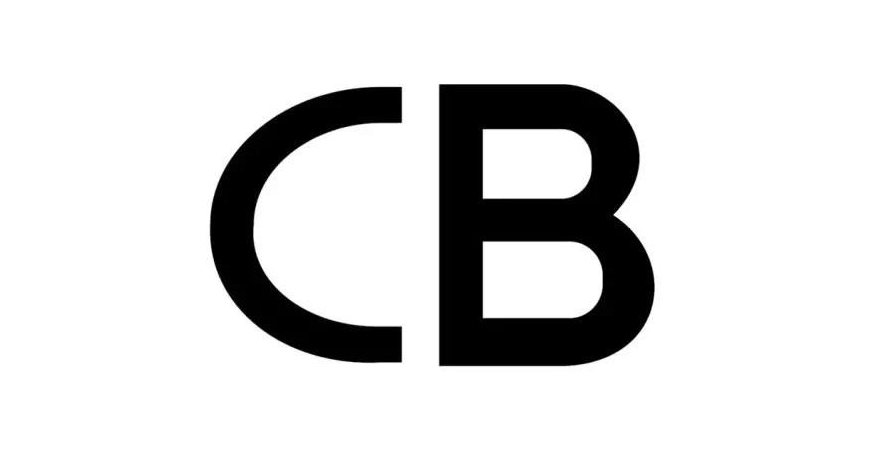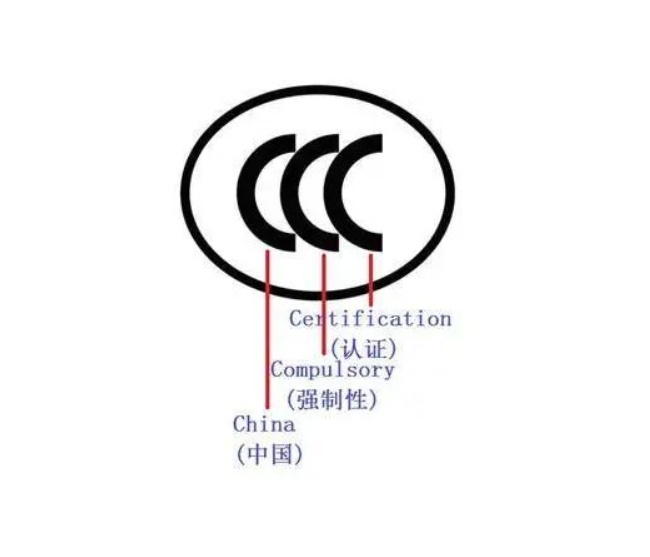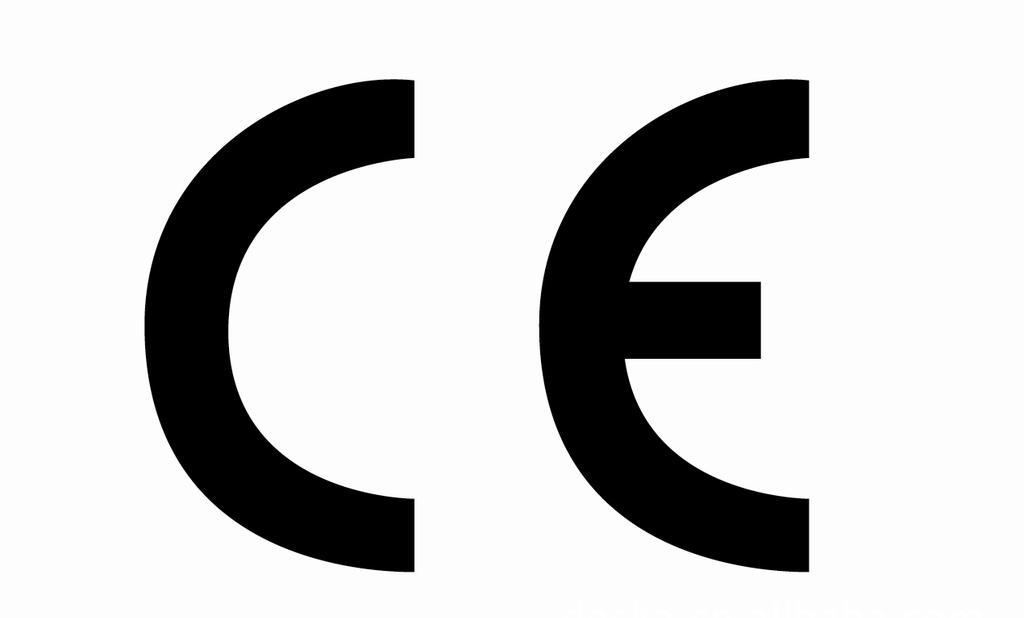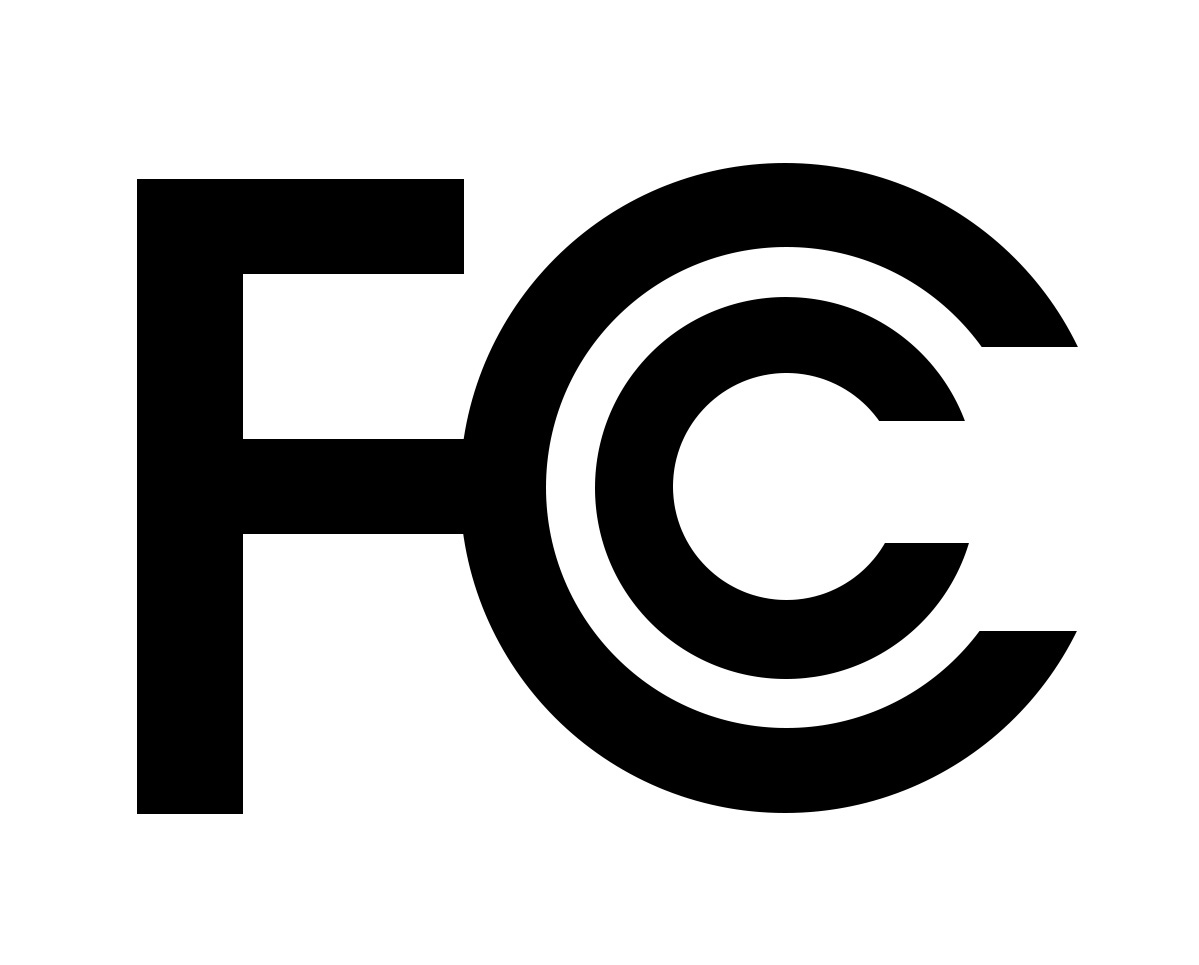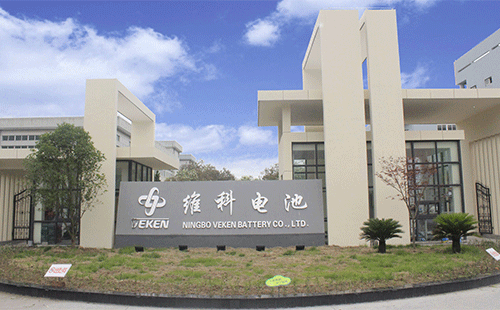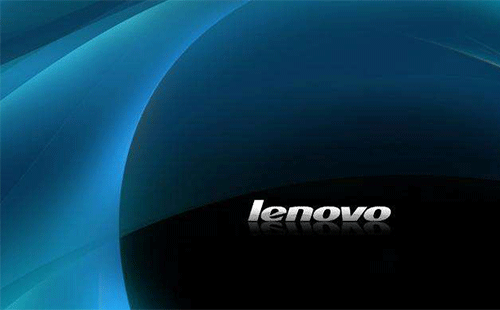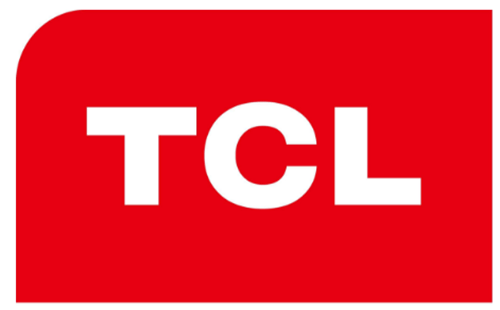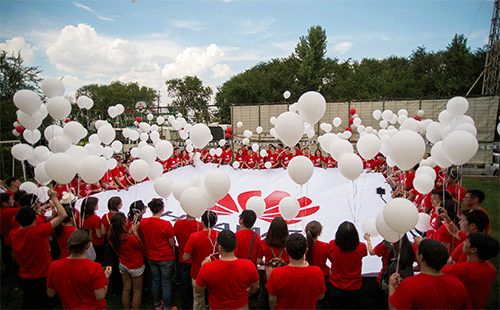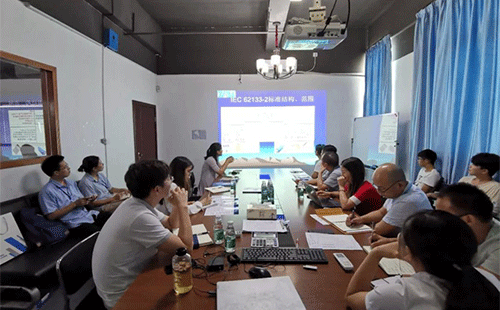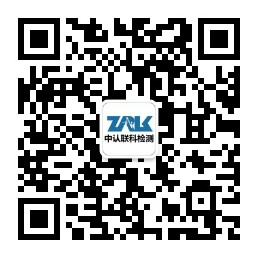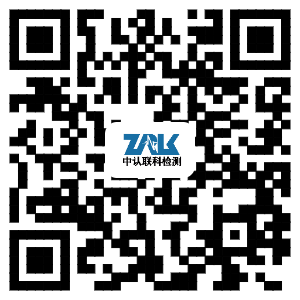The "KC" logo means "Korea Certification". The thirteen statutory mandatory signs currently used in South Korea will all be unified into the country’s unified signs. This will simplify the certification process, reduce the cost of manufacturer certification, and enable the KC logo to develop into a world-recognized brand.
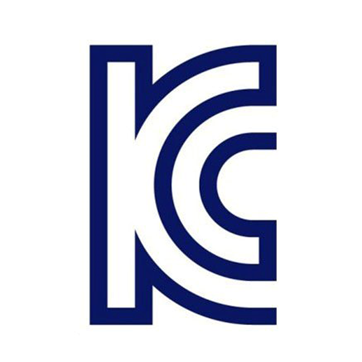
The new certification method divides the applied products into two categories:
Category 1 (compulsory certification) products require factory inspection, and the certificate has no validity period;
Category 2 (voluntary certification) products do not require factory inspection, and the certificate is valid for five years.
KC certification process
1. The applicant (or agent) submits product information
2. When applying for a new application, the certification process generally includes the following
(1) Application for safety certification (mandatory)
(2) Application for test of self-regulatory safety confirmation & declaration of self-regulatory safety confirmation (self-regulation)
(3) Catalogue of parts directly affecting safety
(4) Electrical circuit diagram
(5) Transformer detailed specifications (for related products)
(6) Insulation material catalog (temperature, pressure resistance or flame resistance class, etc.)
(7) Product manual (including Korean product manual)
(8) label (marking label)
(9) The agent's authorization certificate (mandatory; required, self-disciplined; required for agent application)
(10) Questionaire (only for compulsory certification)
Factory inspection
South Korea’s safety law stipulates that after accepting the application, the authorization requires the first factory inspection of the factory.
In accordance with the requirements of the safety law, a preliminary assessment of the quality control system of the factory is carried out. The following aspects are involved:
1. Product change control procedures
(Example: After the certification product change application is approved by the certification body, the department should formulate corresponding technical documents in strict accordance with the approved changes and issue them to the relevant departments to correctly implement the changes to the certified products. Unapproved changes cannot be changed The certification mark is applied to the product.)
2. Document and data control procedures
3. Quality record control procedures (should include a record retention period of at least 3 years (only purchase, routine and operational inspection records))
4. Routine inspection and confirmation inspection procedures
5. Nonconforming product control procedures
6. Inspection or verification procedures for key components and materials
7. Internal quality audit procedures
8. Process work instructions, inspection standards, equipment operating procedures, management systems and other procedures
The factory should keep at least the following quality records to verify that the factory has indeed carried out all production inspections and production tests. The quality records should be true and effective:
9. Product routine inspection and confirmation inspection records:
(1) Purchase inspection/verification records of key components and materials and qualification certificates provided by suppliers;
(2) Records of regular calibration or verification of inspection and test equipment;
(3) Routine inspection and confirmation (operation) inspection records
(4) Daily inspection records of safety equipment on the production line (workshop)
(5) Disposal records of non-conforming products (purchase, routine and operation);
(6) Internal audit records;
(7) Records of corrective actions taken in response to customer complaints;
(8) Unqualified correction records of operational inspection;
Annual factory inspection:
After the certificate is authorized, the certification body will conduct an annual follow-up review of the factory every year. The main purpose is to check the consistency of the factory's quality control system and whether it can continue to meet the standards of the safety law.
The annual factory inspection items are divided into two parts:
1. The requirements and contents of the inspection of quality documents, quality records, and related content of the manufacturing site are basically the same as those of the initial review.
2. It is necessary to confirm the consistency of all products authorized by kc mark in the factory. According to the attached page of the product authorization certificate (list of key components), confirm the key components, materials, circuits, structures, etc. of the certified products to see if they are consistent.
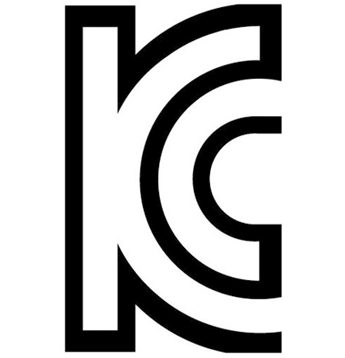
For more information about KC certification of Bluetooth speakers, please call ZRLK for detailed inquiries. If you have a product that needs KC certification, you can also contact our company ZRLK. We will provide you with professional and efficient testing and certification services, price concessions, and services thoughtful. If you provide us with product pictures and specifications, we will give us the corresponding cycle, quotation and specific plan according to your product. Welcome to inquire!


